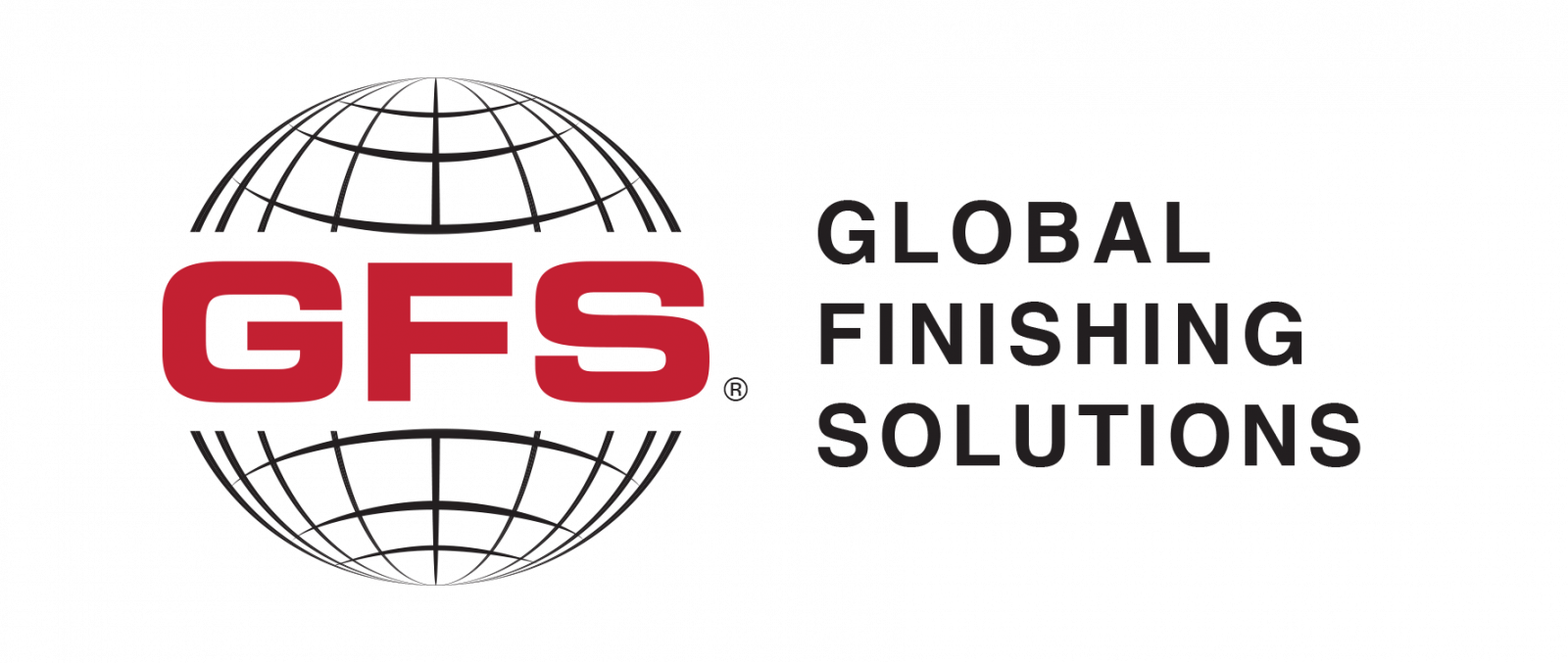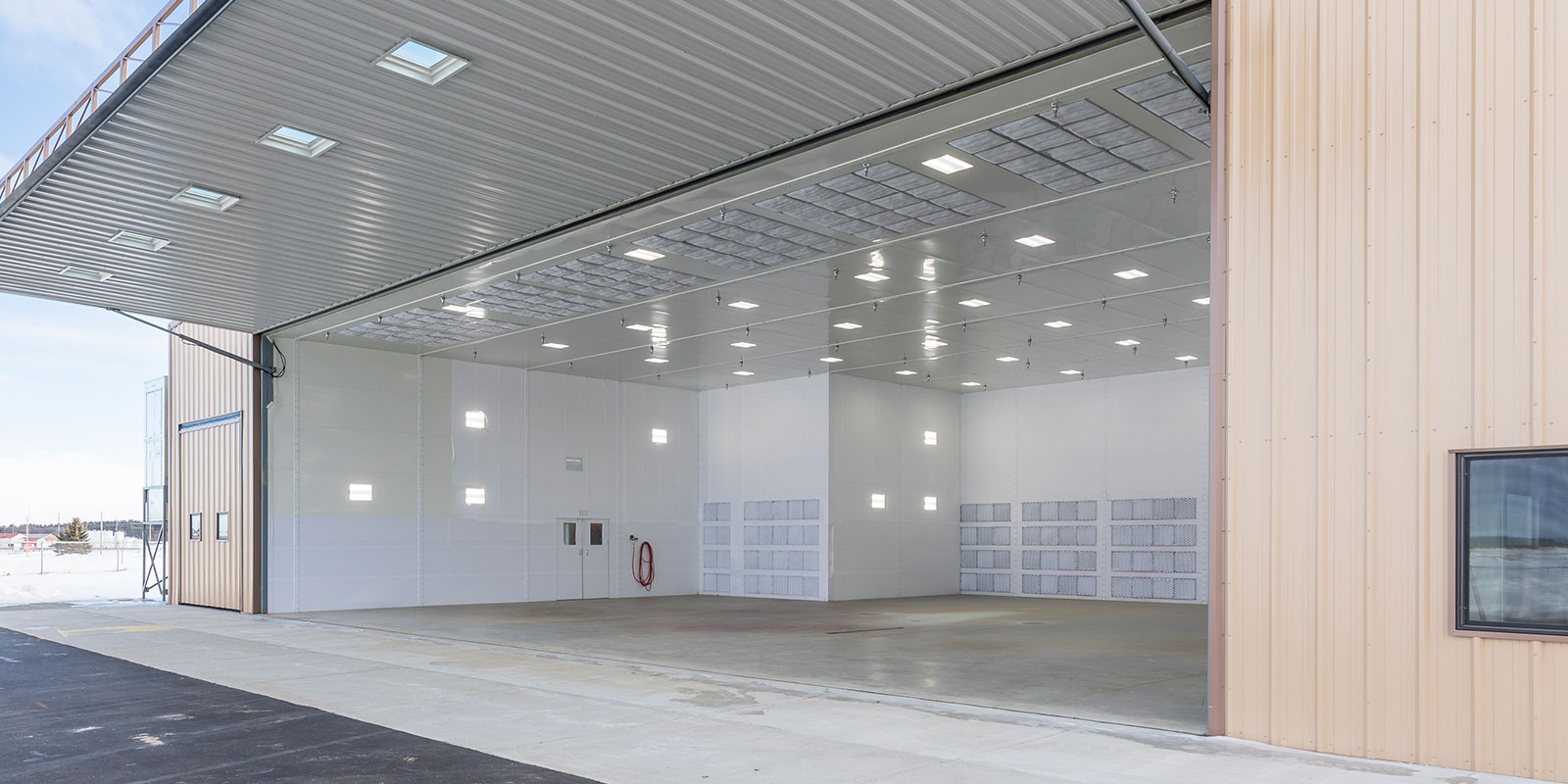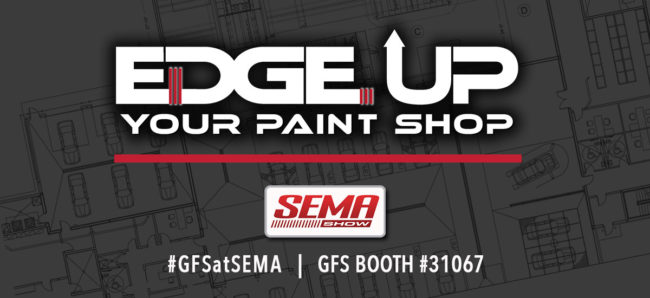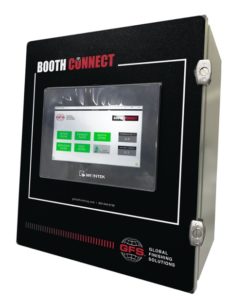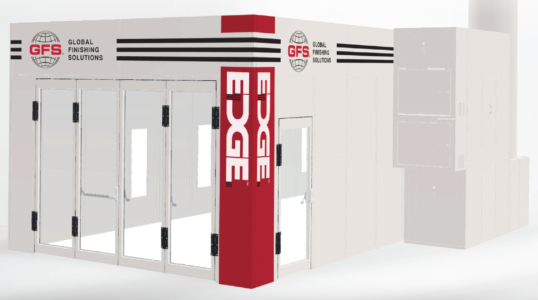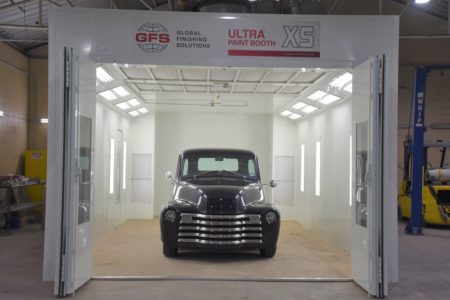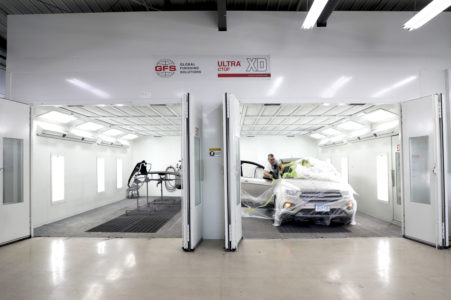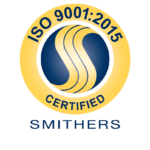Designing and building an enclosure to accommodate a large product such as an aircraft is a major financial undertaking. It is imperative that design and budget decisions consider not just the up-front capital cost of a project but also the long-term operating expense of the system.
It is tempting to take a low-cost path when looking at upgrading a space to a painting operation or building a new one from the ground up. Rather than focusing only on the dollars spent today, aircraft refinishers should consider the value and benefits of a purpose-built environment that addresses the challenges of a complex painting process.
Aircraft paint hangars — also known as paint barns — are large metal buildings that meet the minimum standards for ventilation and proper filtering of overspray. They often are not designed for painting, meaning airflow has not been optimized for aircraft painting, and safety and filtration concerns have not been made a priority. Whereas, Global Finishing Solutions (GFS) aircraft paint booths are designed and engineered with numerous considerations in mind, including safety, airflow, temperature and humidity control, contamination control, lighting and energy efficiency. Painting in an aircraft paint booth allows you to achieve first-pass quality paint finishes and protects your painters from potential contamination and health hazards.
Aircraft paint booths are usually more expensive up front than paint hangars, as there is additional structure in the weight of the ceiling, as well as the material cost of the ceiling. However, the long-term benefits of aircraft paint booths far outweigh those of paint hangars, with lower operational costs and the foundation for higher-quality paint jobs.
Here are six cost considerations to evaluate when investing in an aircraft paint booth:
1. Conformal Design

Aircraft paint booths from GFS feature a conformal design. With a lower booth height over the wings of the plane, conformal designs offer significant operational cost savings over paint hangars. In a conformal booth design, the cubic feet per minute (CFM) of the overall airflow is lowered, allowing Air Make-Up Units (AMUs) and fans to be reduced in capacity.
2. Airflow

Air movement is much easier to control in aircraft paint booths because they feature a smooth enclosure. On the other hand, paint hangars have several interferences — such as rafters, pendant lights and columns — that can significantly affect the quality of air movement by creating eddy currents and updrafts. The reduced turbulence in air movement in aircraft paint booths provides consistency to the painting process.
3. Lighting

Lights in paint hangars are typically expensive, high-wattage HID lamps that drop from the ceiling and are spread far apart to reduce costs. Low lighting means less visibility, making it difficult for painters when spraying certain parts of an airplane.
Ceiling lights in GFS aircraft paint booths are 7 or 8 feet above the fuselage, wings and tail sections. The lamps are strategically arranged in four to six rows to cast light onto the floor, producing reflectivity to the underside of the fuselage and wings. With sidewall lighting, the painter has a highly visible surface at any point on the airplane, which increases contrast and reduces shadowing for better paint jobs. T-8 fluorescent or LED light fixtures in aircraft paint booths also consume less energy.
The tailored shape of aircraft paint booths allows for reflective white walls and ceiling panels, which provide superior task lighting and often can reduce the quantity of light fixtures needed. When budgeting for an aircraft paint booth, it is best to include pre-coated white walls for better lighting quality.
4. Exhaust & Filtration

Aircraft paint booths — as well as paint hangars — generally have a three-stage filtration system, which includes an exhaust plenum with filters in accordance with EPA Method 319. In a three-stage filtration system from GFS, the more costly third-stage six-pocket bag filters are protected from paint overspray by the less expensive first- and second-stage filters that consist of roll media and an MEPT panel filter. The costly filters do not need to be changed as frequently, saving on long-term maintenance costs.
GFS provides an automatic balancing system, which continually adjusts the speed of the exhaust fans to maintain balance and facilitate energy efficiency. GFS systems are designed to provide high static pressure capability, eliminating premature filter disposal. A properly designed automatic balancing system also accommodates low static pressure requirements and only uses the energy required based on the loading of the filter. By budgeting for the additional power connection and control equipment required for higher static pressures, the cost of filter replacement will be reduced for the life of the paint booth.
5. Structural Steel

Structural steel and sheet metal are needed to completely enclose aircraft paint booths. In addition to making the aircraft paint booth more durable, structural steel and sheet metal offer smooth interior walls and surfaces that are easier to clean and less susceptible to overspray contamination. Another large expense is bottom-rolling filter doors or plenum filter doors for the opening in the aircraft paint booth; these doors help reduce external contaminants, such as dust and dirt.
6. Mechanical Equipment

An often-overlooked expense in aircraft paint booths is the mechanical equipment. This includes an electrical control system with PLC controls, as well as access platforms and walkways for mechanical equipment. Mechanical and electrical work when installing an aircraft paint booth must also be factored into the price tag.
While typically more expensive than paint hangars, aircraft paint booths are worth every extra dollar spent. The cost savings of up-front capital for a paint hangar are often negated by lower-quality paint finishes and higher energy costs in the long run. By properly budgeting for an aircraft paint booth, the groundwork is laid for superior airflow consistency, lighting and contamination control, which are essential to produce high-quality paint finishes.
